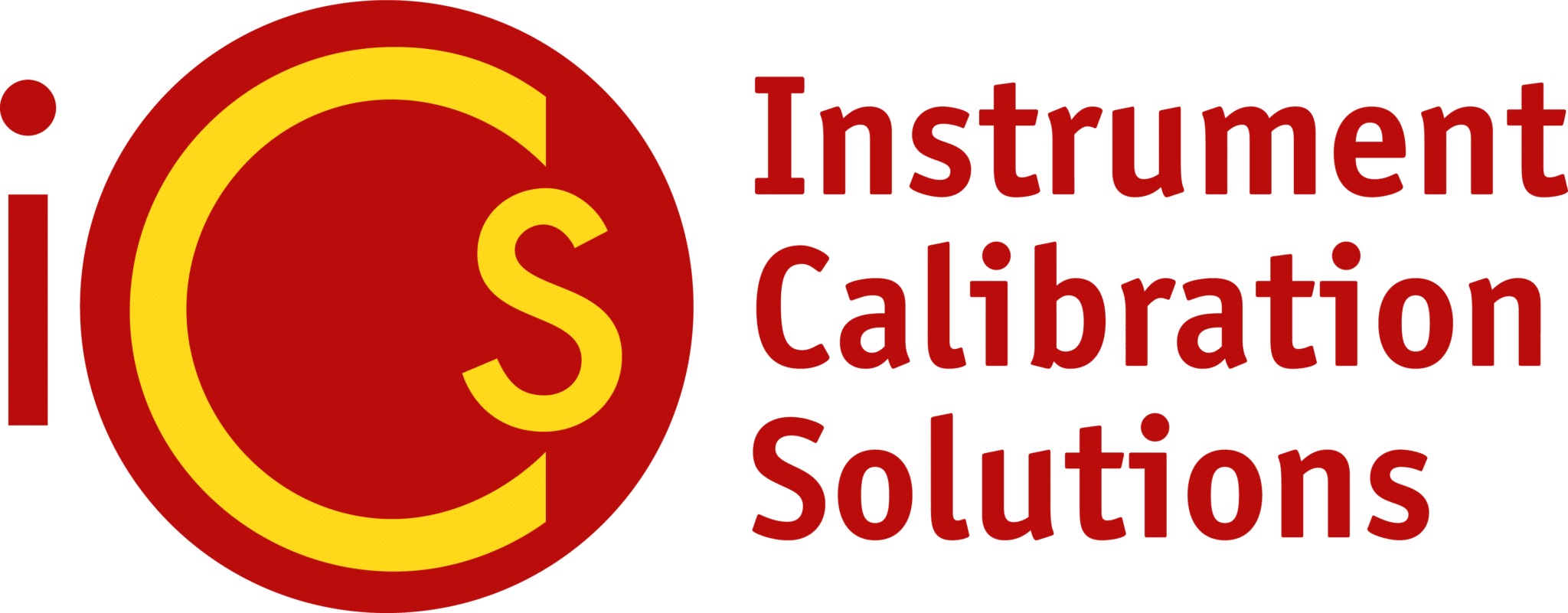How to Calibrate Digital and Analog Thermometers
Part 1: How to Calibrate a Digital Thermometer
Digital thermometers are straightforward to calibrate, typically using a calibration button or manual adjustment. In a recent blog post we outlined how to generally calibrate a thermometer. If you don’t see the calibration button, please check your manual. Here’s a comprehensive guide:
- Prepare for Ice Water Calibration (Low Temperature)
- What You’ll Need: A glass, ice cubes, and cold water.
- Steps:
- Fill a glass with ice and then add cold water, filling it to the top.
- Stir the mixture for a few seconds to help reach an accurate 32°F (0°C) baseline.
- Insert the thermometer probe about two inches into the ice water, ensuring it doesn’t touch the sides or bottom of the glass, which could distort readings.
- Reading Adjustment:
- After 1–2 minutes, check if the display reads 32°F (0°C).
- Correction Options: If it doesn’t, press the calibration or reset button (refer to your thermometer’s manual for the location). Adjust as necessary to align with the 32°F reading.
- Boiling Water Calibration (High Temperature)
- What You’ll Need: A pot, water, and a heat source.
- Steps:
- Heat water in a pot until it reaches a rolling boil.
- Carefully place the thermometer probe into the water, avoiding the pot’s edges or bottom.
- Wait until the reading stabilizes. It should display 212°F (100°C) at sea level. Note: For elevations above sea level, refer to a boiling point reference (as it lowers with altitude).
- Reading Adjustment:
- If the thermometer doesn’t read 212°F, adjust it per the manual to match this boiling point. Press and hold the calibration button until the display aligns with the correct temperature.
- Reset and Final Check
- Test the thermometer in ice water again after calibration to confirm accuracy. Repeat either calibration method if discrepancies persist.
Part 2: How to Calibrate an Analog Thermometer
Analog thermometers, which often use a dial or mercury tube, require physical adjustments but are reliable once calibrated.
- Ice Water Calibration
- What You’ll Need: Ice cubes, cold water, a container, and a wrench (for dial adjustment).
- Steps:
- Follow the same ice-water setup as for digital thermometers, ensuring the mixture stabilizes at 32°F (0°C).
- Submerge the thermometer’s probe and let the reading stabilize.
- Adjust the Calibration Nut (Dial Thermometers):
- If the reading is incorrect, use a small wrench to turn the calibration nut (usually located on the back of the dial) until the needle aligns with 32°F.
- Be gentle to avoid over-tightening, which can impact accuracy.
- Boiling Water Calibration
- What You’ll Need: A pot and boiling water.
- Steps:
- Carefully immerse the thermometer’s probe in boiling water, ensuring it doesn’t touch the sides of the container.
- Give it a moment to stabilize at what should be 212°F at sea level. Adjust the nut if the dial thermometer’s reading is off, turning it until the needle points to 212°F.
- Safety and Maintenance Tips
- Protect from Impact: Analog thermometers are more susceptible to physical shifts, so store them in a secure place.
- Schedule Regular Checks: Perform calibrations monthly or after heavy use.
- Avoid Extreme Heat Exposure: High-temperature environments may cause irreversible damage.
By following these steps, you can ensure your thermometer, whether digital or analog, provides accurate readings, essential for cooking, lab work, or any precise temperature measurements. ICS provides a comprehensive approach to thermometer calibrations. Please contact one of our specialists today to learn more about our process.

